Cats are wonderful companions, but when they start using your beautiful rug as their personal litter box, it can become quite a challenge. Not only is it frustrating, but it can also create tension between you and your feline friend. The good news is, with a little patience and understanding, you can train your cat to use the litter box consistently. This article will guide you through some effective strategies to stop your cat from pooping on the rug and ensure they happily use their litter box instead.
Understanding Your Cat’s Behavior
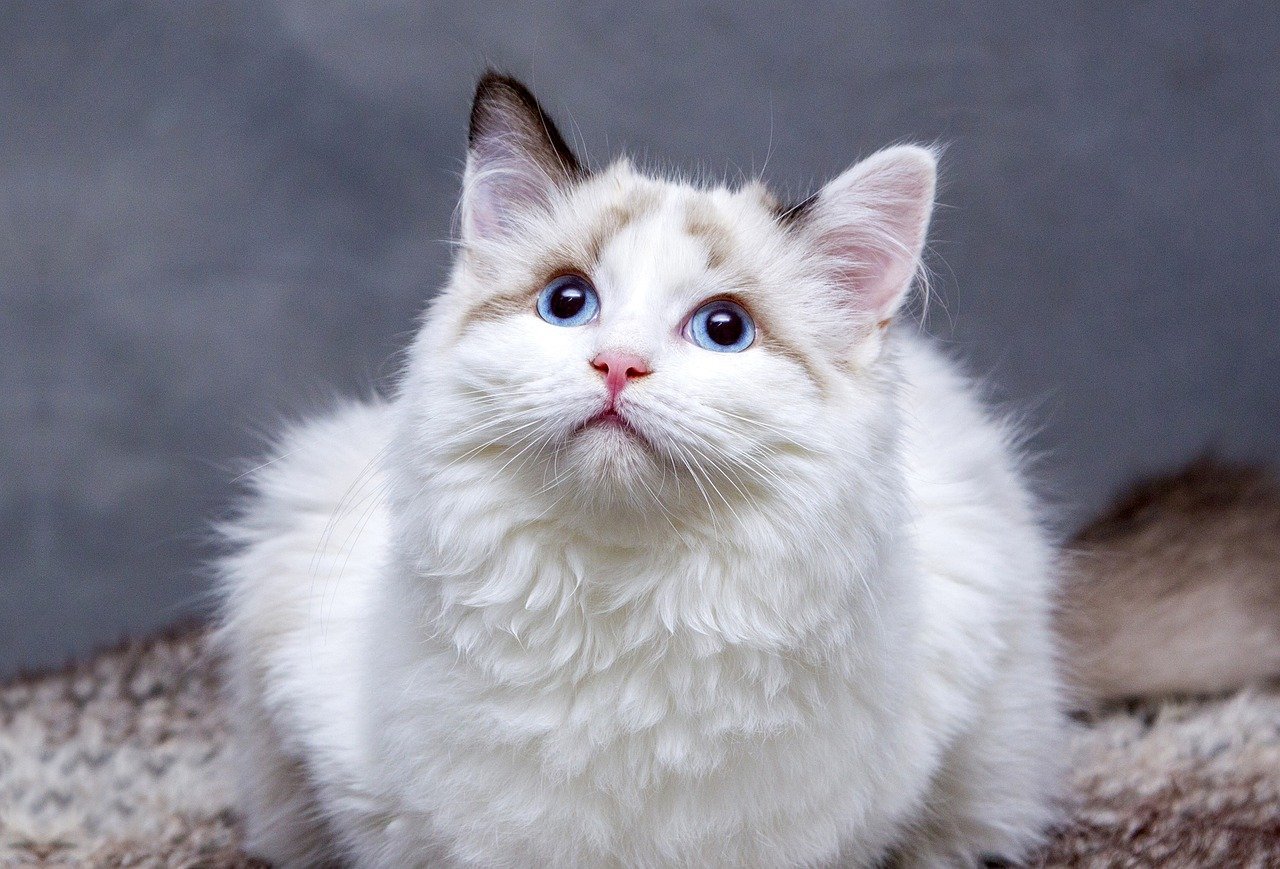
Before tackling the issue, it’s crucial to understand why your cat prefers the rug over the litter box. Cats are creatures of habit, and changes in their environment or routine can lead to unwanted behavior. Stress, anxiety, or a medical issue might be the root cause of their new habit. Cats are also territorial animals, and they might be marking their territory if they feel threatened. Observing your cat’s behavior and identifying any triggers is the first step in addressing the problem.
Choosing the Right Litter Box
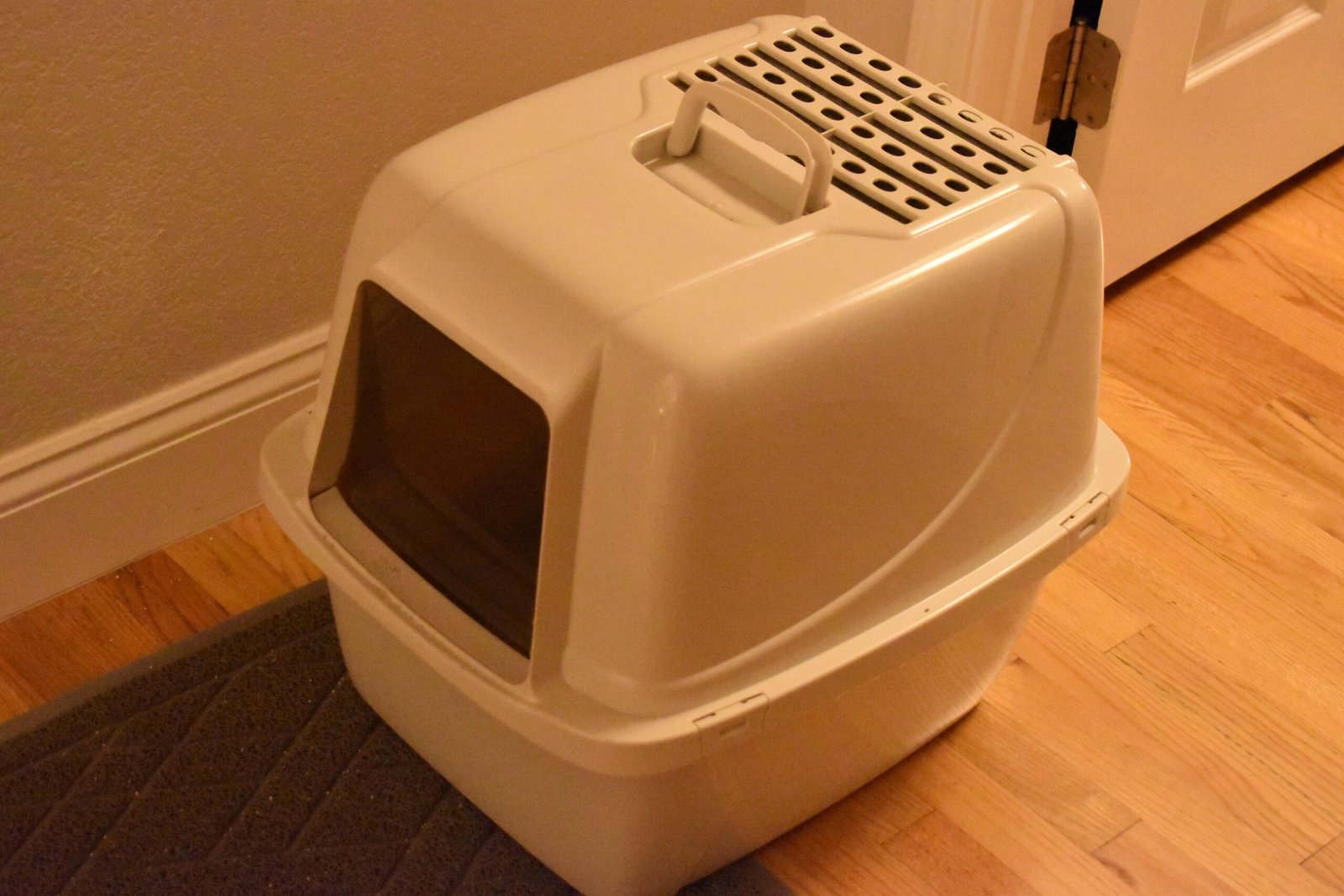
The type of litter box you provide can make a significant difference. Cats are particular about their bathroom habits, and a litter box that is too small, too deep, or has high sides might be uncomfortable for them. Consider the size and age of your cat when choosing a litter box. Kittens and older cats might need a lower entry, while larger breeds require more space. An open box might be more inviting than a covered one, as it doesn’t trap odors.
Selecting the Appropriate Litter

Cats have their preferences when it comes to litter. Some may like clumping litter, while others prefer a non-clumping option. The texture and smell of the litter can also influence their decision. Experiment with different types to see which one your cat uses willingly. Unscented and soft-textured litter is often a safe choice, as it closely mimics their natural environment.
Maintaining a Clean Litter Box
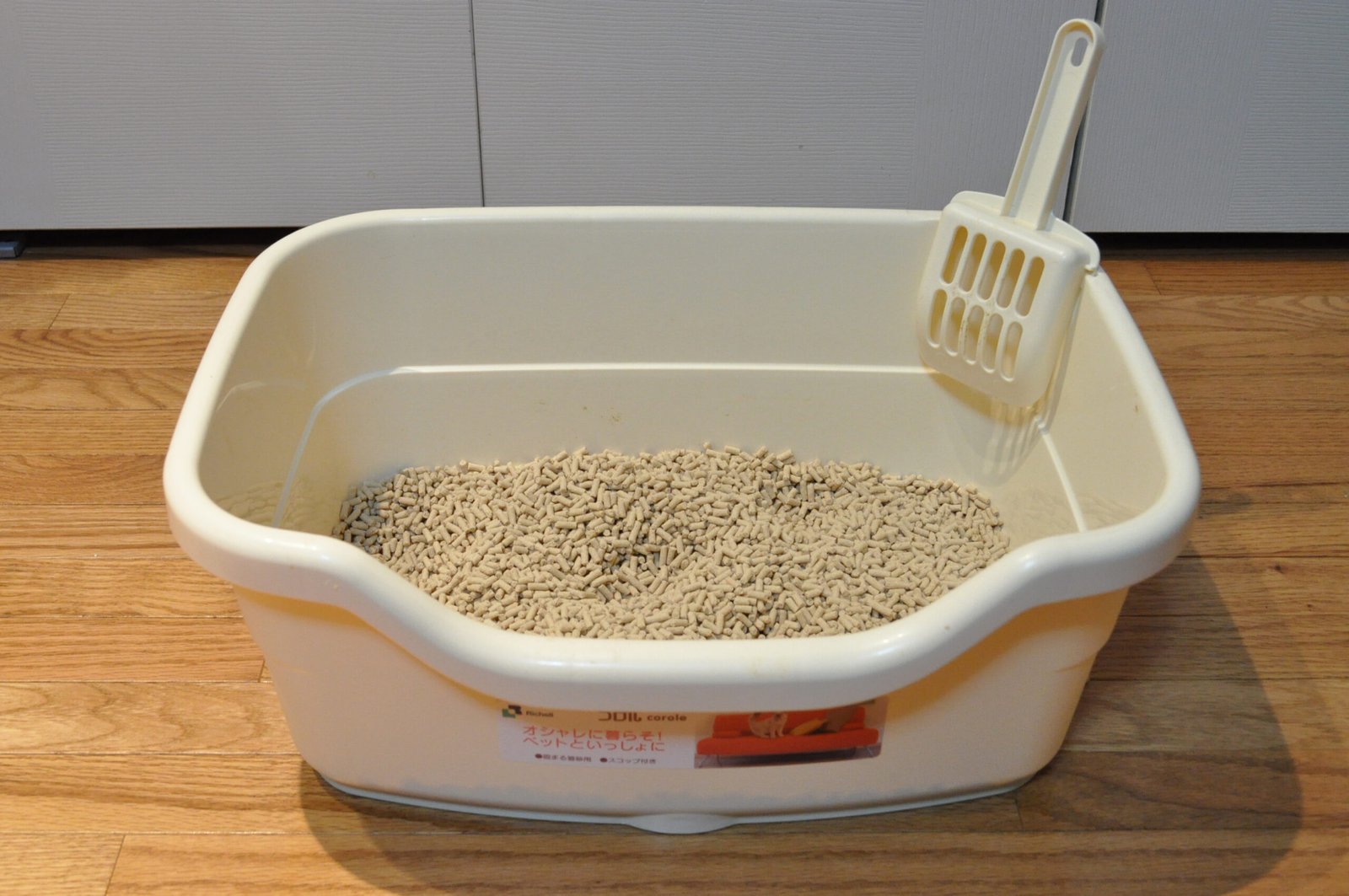
A clean litter box is essential for encouraging your cat to use it. Cats have an acute sense of smell, and a dirty box can be off-putting. Scoop the litter box daily and change the litter regularly. It’s also important to wash the box with mild soap and water to remove any lingering odors. Keeping the box clean will make it a more appealing option than the rug.
Finding the Perfect Location
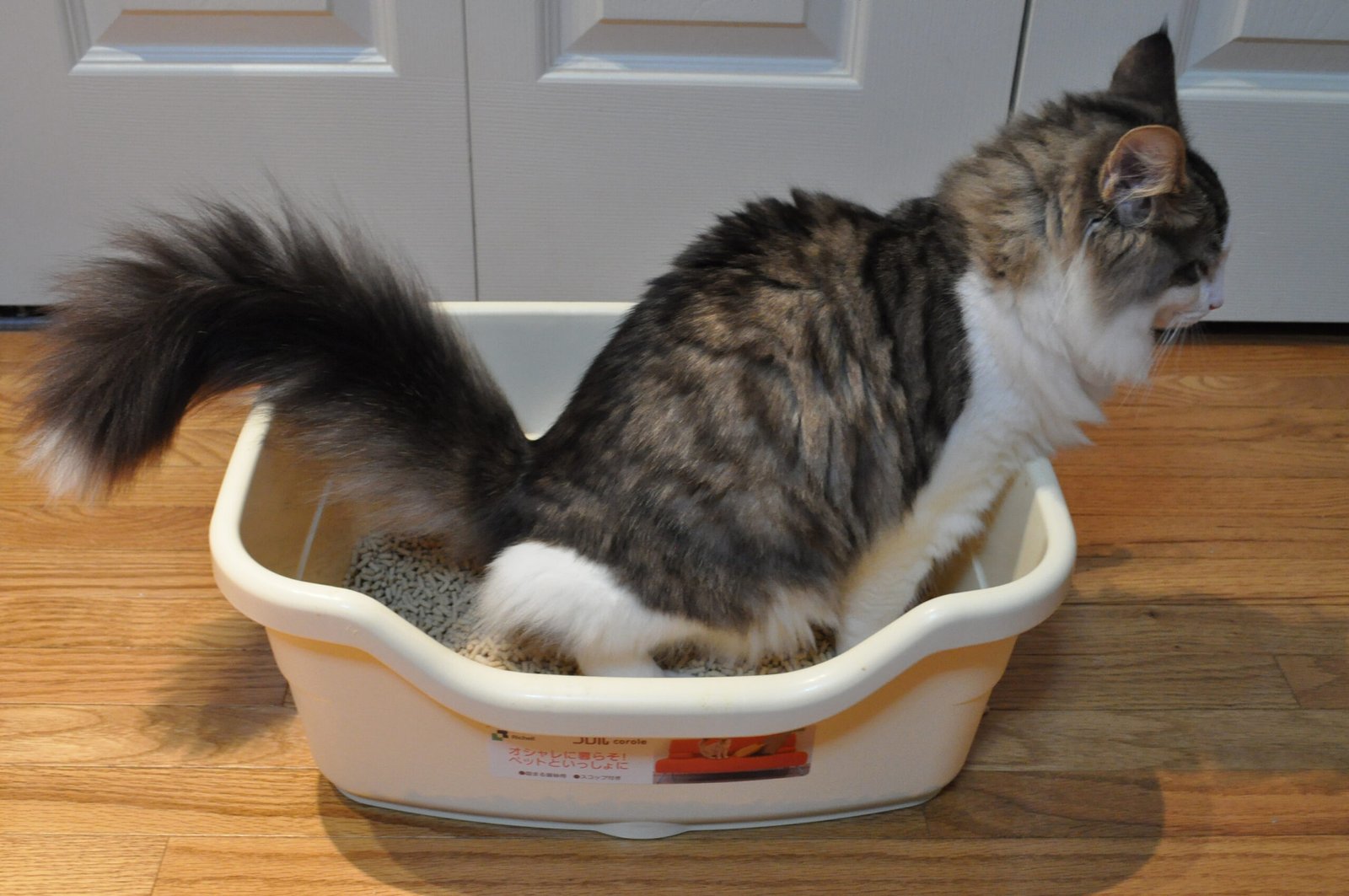
Location is key when it comes to litter box placement. Cats prefer a quiet, private area where they won’t be disturbed. Avoid placing the box near noisy appliances or in high-traffic areas. However, make sure it’s easily accessible for your cat. If your home has multiple floors, consider having a litter box on each level to prevent accidents.
Positive Reinforcement and Rewards
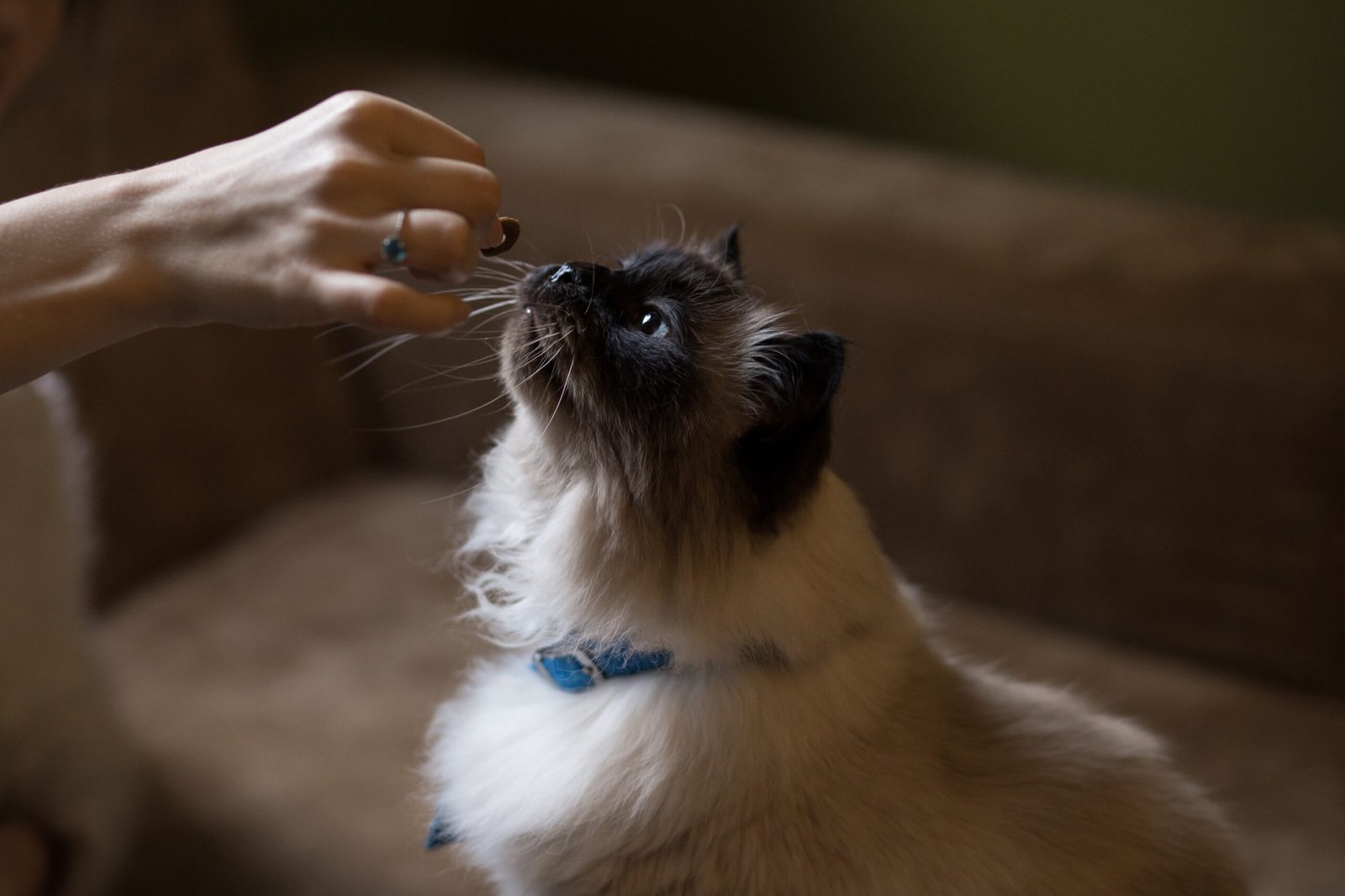
Positive reinforcement can be a powerful tool in training your cat. Reward your cat with treats, affection, or playtime after they use the litter box successfully. This encourages them to repeat the behavior. Avoid punishment, as it can create fear and stress, exacerbating the problem. Patience and kindness are key in helping your cat learn.
Addressing Medical Concerns
If your cat suddenly starts pooping outside the litter box, a visit to the vet is advisable. Medical issues such as urinary tract infections, constipation, or arthritis can cause discomfort, leading to accidents. Once medical problems are ruled out or treated, you can focus on behavioral training. Your vet can provide valuable insights and recommendations tailored to your cat’s needs.
Reducing Stress and Anxiety
Stress and anxiety can contribute to litter box avoidance. Changes in household dynamics, such as the addition of a new pet or family member, can be unsettling for cats. Provide a safe and cozy space for your cat to retreat to when they feel overwhelmed. Interactive toys, scratching posts, and calming pheromone diffusers can also help reduce stress levels.
Using Deterrents Effectively
To discourage your cat from using the rug, consider using deterrents. Double-sided tape, aluminum foil, or commercial pet deterrent sprays can make the rug less appealing. Cats dislike certain textures and scents, so these deterrents can redirect their behavior. Ensure that the deterrents are safe and non-toxic for your pet.
Consistency and Patience
Training a cat requires consistency and patience. It may take time for your cat to adjust to new habits, and setbacks are normal. Remain calm and persistent, reinforcing positive behaviors and gently correcting unwanted ones. Celebrate small victories, and remember that every cat is unique. With time and effort, your feline friend will be using the litter box reliably.
In conclusion, understanding your cat’s needs and preferences is essential for successful litter box training. By providing a comfortable, clean, and accessible environment, you can encourage your cat to choose the litter box over the rug. Remember, patience and empathy are your best tools in fostering a harmonious relationship with your beloved pet.

Andrew Alpin from India is the Brand Manager of Doggo digest. Andrew is an experienced content specialist and social media manager with a passion for writing. His forte includes health and wellness, Travel, Animals, and Nature. A nature nomad, Andrew is obsessed with mountains and loves high-altitude trekking. He has been on several Himalayan treks in India including the Everest Base Camp in Nepal.





